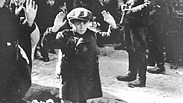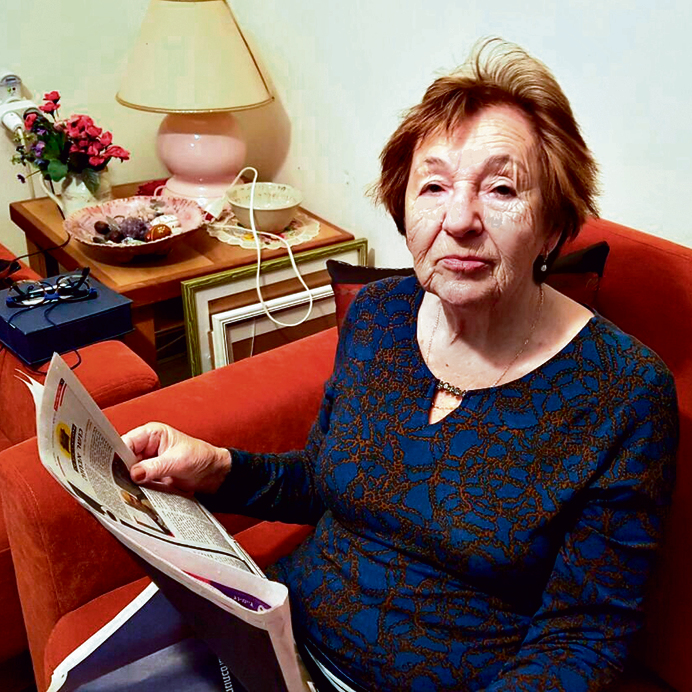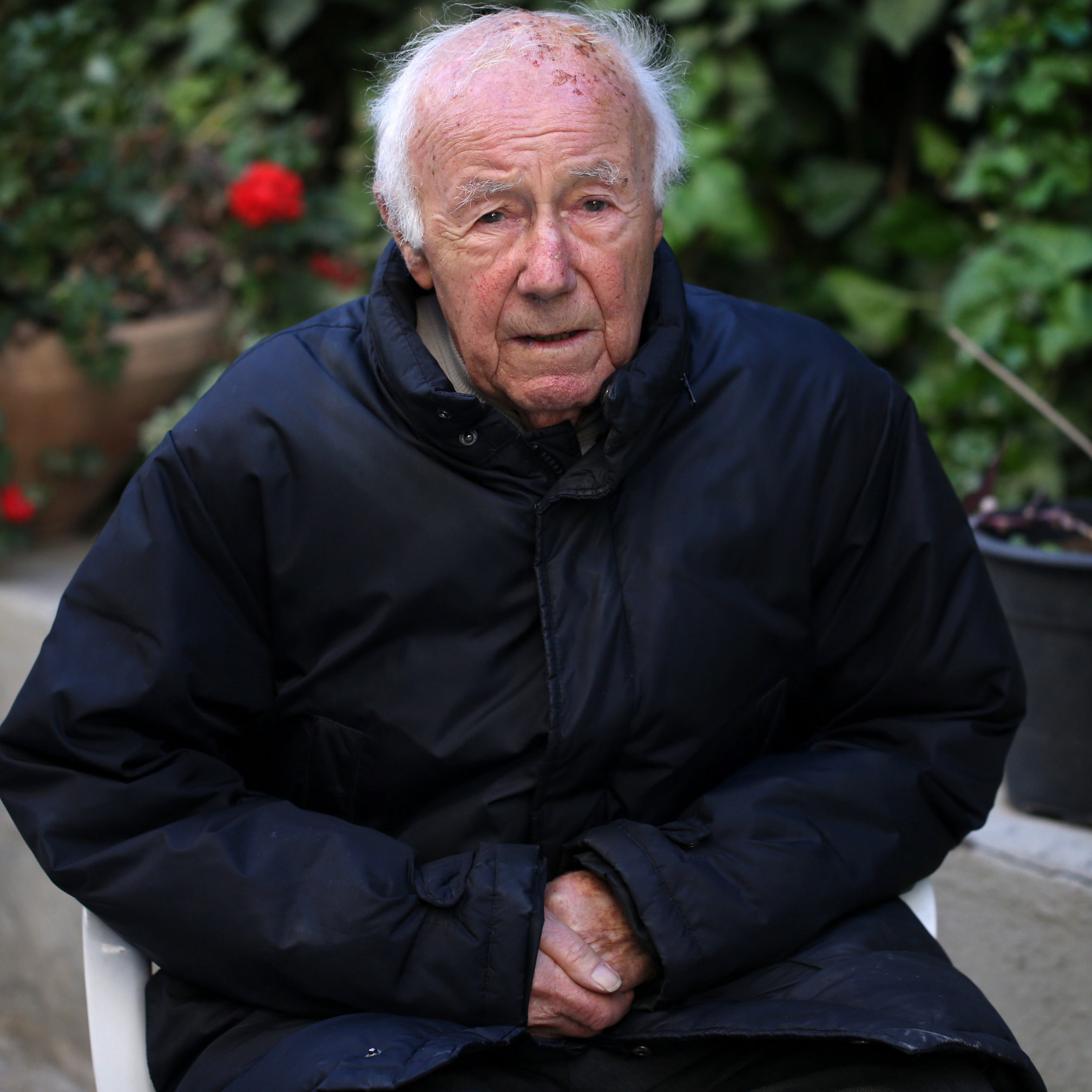
The last Warsaw Ghetto Uprising heroes
Following the death of Pnina Grynszpan-Frymer last week, Yedioth Ahronoth located and interviewed the last remaining fighters from the Warsaw Ghetto Uprising; 'We never thought of ourselves as heroes. We did it to save the honor of the humiliated and trampled Jewish people.'
"It is very sad that another hero from the ghetto has passed away. We never thought of ourselves as heroes. We did it to save the honor of the humiliated and trampled Jewish people," said Aliza Vitis-Shomron, 88, in Kibbutz Giv'at-Oz.
Vitis-Shomron was born in 1928 in the Jewish Quarter of Warsaw, which would eventually become the Warsaw Ghetto. "I was in the ghetto in 1941 and until the uprising broke out. Two days before the uprising, I was sent out of the ghetto by the Jewish Combat Organization and I hid in a Polish house. During the uprising I served as the link between the two parts of the ghetto, bringing orders and information to the fighters," she said.
In 2013, the 70th anniversary of the Warsaw Ghetto Uprising, Vitis-Shomron spoke at a conference at Yad Vashem and described the terrible scenes which she witnessed. "It's my mission now," she explained. "I plan to continue to live and tell the younger generation about what we went through. It’s the most important thing to me, bringing the experience to the younger generation so it doesn't become just another historic event without human experiences."
Simcha "Kazik" Rotem, 92, is probably the oldest surviving fighter out of the uprising survivors still alive today.
When World War II broke out, Rotem was sent by his parents to family members in Klwów, near Radom, but returned to Warsaw in 1942 and joined the Jewish Combat Organization. During the uprising, Rotem was a courier going from bunker to bunker on both the Aryan side of the wall and in the ghetto. At the end of the uprising, he managed to sneak out the last of the fighters from the burning ghetto and escape through the sewers and into the forests.
Hella Rufeisen-Schuepper, 95, lives in Bustan HaGalil and was also a courier for the Jewish Combat Organization during the uprising and fought in both the Warsaw and Krakow ghettos. After the war, she testified in the Eichmann trial in Jerusalem, was a torch-bearer at Yad Vashem and wrote a book called Farewell to Milta 18.
"Mom always said they didn't go to battle in order to win, because they knew the Germans would overwhelm them. Instead they went for three lines in history to prove they didn't go meekly to the slaughter," says her son Dotan.













